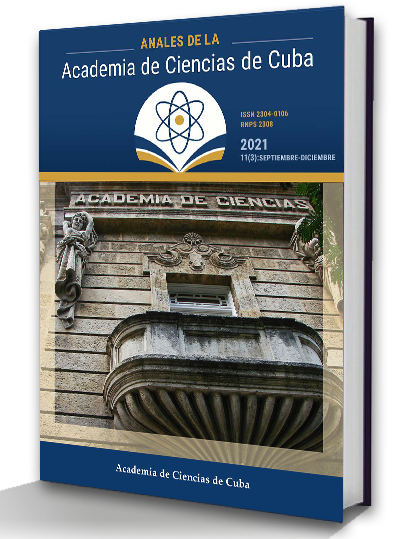Intervención psicológica para la neurocirugía con el paciente despierto. Presentación de dos casos Psychological intervention for awake neurosurgery. Presentation of two cases
Keywords:
psychology, neuropsychology, neurosurgery, awakeAbstract
Neurosurgery with the awake patient is used for the treatment of epilepsies, movement disorders, some vascular surgeries and tumor lesions that are associated with eloquent areas, which allows these areas to be preserved. Objetive: this paper describes the psychological intervention carried out in several sessions with two patients, with a left frontoparietal lesion (Oligodendrioglioma grade II and Meningioma of Convexity, respectively), at the "Hermanos Ameijeiras" Surgical Clinical Hospital. Psychological and neuropsychological evaluation techniques were used, selected according to the characteristics of each case. An evaluation process was carried out to determine that they were psychologically "fit" to face this procedure. In addition, neuropsychological tasks were selected to evaluate the patient during surgery and they were trained for them. Conclusions: this allowed for a successful intraoperative neuropsychological evaluation, helping to preserve the functions linked to the lesion areas, which was corroborated in the postsurgical stage.Downloads
Downloads
Published
How to Cite
Issue
Section
License
The journal Anales de la Academia de Ciencias de Cuba protects copyright, and operates with a Creative Commons License 4.0 (Creative Commons Attribution-NonCommercial License 4.0). By publishing in it, authors allow themselves to copy, reproduce, distribute, publicly communicate their work and generate derivative works, as long as the original author is cited and acknowledged. They do not allow, however, the use of the original work for commercial or lucrative purposes.
The authors authorize the publication of their writings, retaining the authorship rights, and assigning and transferring to the magazine all the rights protected by the intellectual property laws that govern in Cuba, which imply editing to disseminate the work.
Authors may establish additional agreements for the non-exclusive distribution of the version of the work published in the journal (for example, placing it in an institutional repository or publishing it in a book), with recognition of having been first published in this journal.
To learn more, see https://creativecommons.org






